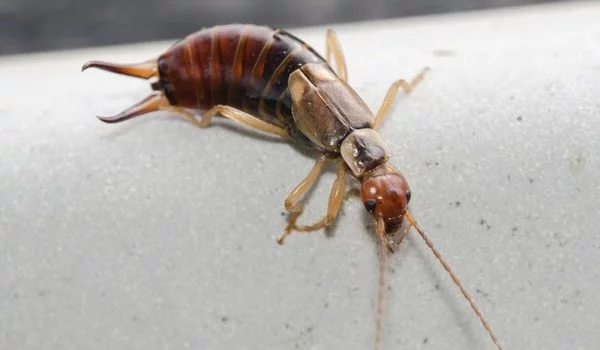
Earwigs, with their distinctive pincers and unsettling reputation, aren’t the most pleasant visitors to your home. While they’re largely harmless to humans, spotting them indoors can still cause anxiety. They thrive in specific conditions, and if your home meets those, you might see more of these critters than you’d like. Professional pest control services from saelapest.com are vital in effectively managing earwig infestations, addressing root causes, and ensuring long-term prevention.
Here are the top five reasons for earwig infestations.
1. Damp and Moist Environments
Earwigs thrive in damp, humid conditions, whether it’s outdoors or indoors. Basements, bathrooms, kitchens, and laundry areas that retain moisture can become hotspots for these pests. They need moisture to survive, and leaky pipes, wet basements, or overwatered plants can provide the ideal environment.
To make your home less inviting, address any water leaks promptly, improve ventilation in damp areas, and consider using dehumidifiers to reduce moisture levels.
2. Access to Organic Debris
Earwigs feed on decaying organic materials like leaves, mulch, and plant matter. If your home or yard has piles of organic debris, it’s likely to attract these pests. Cluttered gutters, woodpiles, or unkempt flower beds close to your home increase the chance of earwigs finding an entry point indoors.
Keep your outdoor spaces clean and tidy. Remove dead leaves, avoid excessive mulch near your home’s foundation, and store firewood farther from your house.
3. Cracks and Crevices in the Home
Much like other pests, earwigs can squeeze through small cracks, gaps, or crevices in your home’s exterior to find shelter. They often hide in these openings during the day and enter your living spaces when searching for food or moisture.
Inspect your home for potential entry points, especially around windows, doors, and the foundation. Seal cracks with caulk, use weather-stripping on doors, and ensure that window screens are intact.
4. Outdoor Lighting Attracting Them
Earwigs are nocturnal and are often attracted to light sources at night. Outdoor lights and illuminated entryways can draw them closer to your home, increasing the likelihood that they’ll find a way inside.
To reduce this attraction, switch to yellow or warm-colored outdoor lights, which are less appealing to most insects, including earwigs. You can also reduce the intensity of any outdoor lighting near doors and windows.
5. Proximity to Gardens or Mulch
While having a lush garden or a beautifully mulched yard is great for aesthetics, it’s also highly inviting to earwigs. These areas provide abundant moisture and food, making them the perfect habitat. The closer your garden beds are to your foundation or windows, the greater the risk of earwigs moving indoors.
To minimize this risk, try to keep a gap between gardens or mulch and the walls of your home. Choose landscaping options that drain water effectively and don’t retain excess moisture.
Conclusion
Earwig infestations can be a frustrating issue for homeowners, but understanding what attracts them can go a long way in preventing their presence. From reducing damp conditions in your home to managing outdoor debris and sealing entry points, taking proactive measures can make your living space less appealing to these pests.
However, if you’re dealing with a persistent infestation or want to ensure thorough prevention, professional pest control services are your best bet. With their expertise, they can locate hiding spots, eliminate infestations, and provide strategies for long-term pest management.


